A short Overview of Louise Odier Rose
Common Name: Louise Odier Rose
Botanical Name: Rosa ‘Louise Odier’
Family: Rosaceae
Plant Type: Shrub rose
Mature Size: Up to 6 feet tall and 4 feet wide
Sun Exposure: Full sun to partial shade
Soil Type: Well-draining, loamy soil
Bloom Time: Repeat bloomer, blooming throughout the summer and fall
Flower Color: Rich pink, sometimes with lilac shades
Hardiness Zones: USDA zones 5-11
Toxicity: All parts of the rose plant are toxic to pets and humans if ingested.
Additional Information:
- The Louise Odier rose is a popular choice for its beautiful, fragrant flowers and its easy-care nature.
- It is a vigorous grower and can be used as a hedge, border planting, or specimen plant.
- The rose is relatively disease-resistant and pest-resistant.
- It is important to deadhead spent blooms to encourage further flowering.
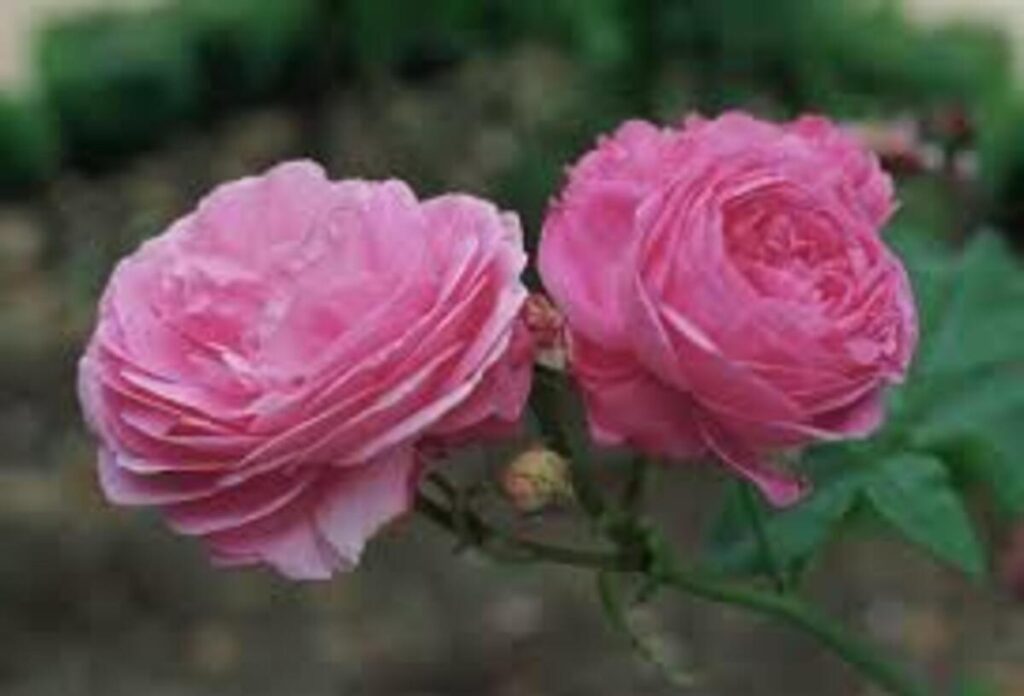
Introduction
In the enchanting world of roses, the Louise Odier stands out as a timeless beauty, captivating garden enthusiasts with its exquisite fragrance and charming blooms. Whether you’re a seasoned gardener or a novice, this guide is crafted to provide you with in-depth insights into the art of nurturing and growing the Louise Odier Rose.
Unveiling Louise Odier Rose
The Louise Odier Rose, a classic Bourbon rose, boasts vibrant, deep pink blossoms that exude a delightful old rose fragrance. Named after the French rose breeder, Louise Odier, this rose variety has become a favorite for its enduring charm and robust nature.
Louise Odier Rose Care Tips
1. Optimal Planting Conditions
To ensure the success of your Louise Odier Rose, choose a well-draining location with at least six hours of sunlight. Incorporate organic matter into the soil to enhance its fertility, promoting healthy growth.
2. Watering Wisely
Strike a balance with watering; the Louise Odier prefers moist soil but can suffer from root rot if overwatered. Deep, occasional watering is key to fostering a resilient root system.
3. Pruning for Perfection
Regular pruning is essential for maintaining the shape and health of your Louise Odier Rose. Remove dead or diseased wood, promoting air circulation and preventing common rose ailments.
4. Fertilizing Rituals
Feed your Louise Odier with a balanced fertilizer during the growing season. This practice encourages vigorous blooms and robust foliage, contributing to the overall vitality of the plant.
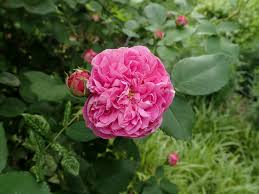
Louise Odier Rose Growing Guide
Navigating the journey of cultivating Louise Odier Roses involves understanding their growth stages and specific needs.
Planting Louise Odier Roses
Begin by selecting healthy, disease-resistant bare-root roses. Plant them in late winter or early spring, ensuring proper spacing to allow for adequate air circulation.
Early Growth and Development
As your Louise Odier Roses establish roots, focus on consistent watering and minimal pruning. This stage is crucial for building a strong foundation for future growth.
Blooming Splendor
Witness the breathtaking beauty of the Louise Odier in full bloom during late spring and early summer. The intoxicating fragrance and lush petals make it a focal point in any garden.
Dealing with Common Challenges
Despite their hardiness, Louise Odier Roses may face challenges such as aphids or blackspots. Employ natural remedies or environmentally friendly solutions to combat these issues without harming the ecosystem.

Additional Resources
Enhance your knowledge of Louise Odier Roses by exploring the following external resources:
For more in-depth insights, refer to these internal links:
Conclusion
In conclusion, the Louise Odier Rose is not just a flower; it’s a testament to the joy and satisfaction that gardening brings. By following this comprehensive guide, you’re equipped to embark on a journey of cultivating and nurturing this timeless beauty in your garden.
Louise Odier Rose FAQs:
1. Is Louise Odier a climbing rose?
No, Louise Odier is not a climbing rose. It is a shrub rose that typically grows upright with arching branches, reaching up to 6 feet tall and 4 feet wide. It’s not suited for climbing structures like trellises or fences.
2. What is the flower called Louise?
There are several flowers with the name “Louise” in them, some more famous than others. Louise Odier itself is a type of rose named after Louise Odier, a Parisian woman known for her love of flowers. However, other “Louise” flowers include:
- Louise Douglas: A type of iris
- Louise McCarthey: A variety of daffodil
- Princess Louise: A cultivar of clematis
- Miss Louise Clint: A specific hybrid tea rose
Without further context, it’s impossible to say definitively which “Louise” flower someone is referring to.
3. How do you grow Louise Odier?
Here are some key tips for growing Louise Odier rose:
- Planting: Choose a location with full sun to partial shade and well-draining soil. Plant in the spring or fall.
- Watering: Water regularly, especially during the first year and hot weather. Aim for deep watering instead of frequent shallow watering.
- Fertilizing: Apply a balanced fertilizer in the spring and early summer.
- Pruning: Prune in late winter or early spring to remove dead, diseased, or crossing branches. You can also lightly prune after each bloom cycle to encourage further flowering.
- Deadheading: Regularly remove spent blooms to encourage continuous flowering.
- Disease and pest control: Watch for common rose diseases like blackspot and powdery mildew, and treat them promptly. Regularly check for pests like aphids and beetles.
4. What is the most expensive flower in the world?
Determining the “most expensive” flower can be tricky as it depends on factors like rarity, location, and specific circumstances. However, some contenders include:
- Shenzhen Nongke Orchid: Sold for $200,000 in 2005 due to its complex breeding process and limited availability.
- Juliet Rose: Took 15 years to develop and sold for $15,800 per stem in 2006 due to its unique color and fragrance.
- Kadupul Flower: Found in Sri Lanka and blooms just once every few years, making it very rare and expensive.
5. Who is the queen flower?
There’s no single “queen” flower officially recognized worldwide. However, different cultures and regions may have their designations based on symbolism, rarity, or cultural significance. For example, some might consider:
- Rose: Often associated with love, beauty, and royalty.
- Peony: Represents wealth, honor, and prosperity in China.
- Lotus: Symbolizes purity, enlightenment, and rebirth in Buddhism.

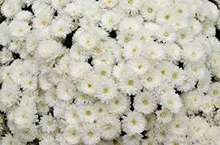
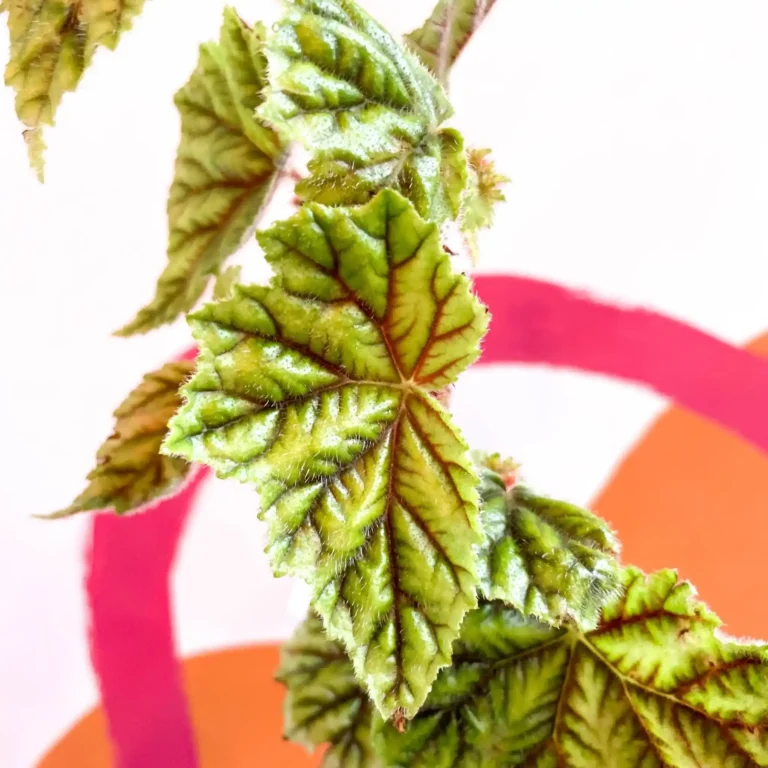
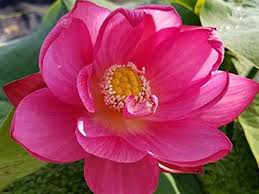
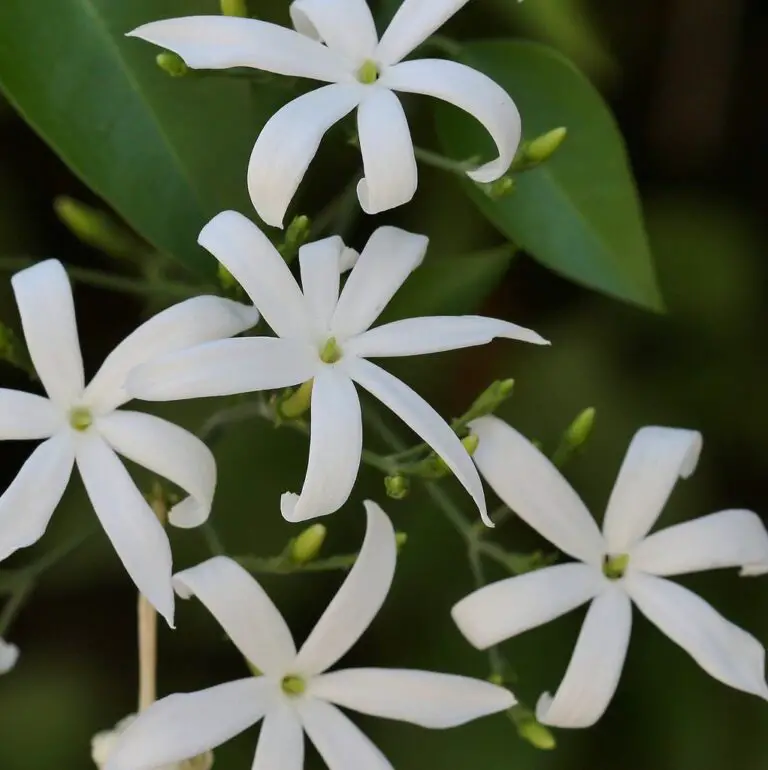
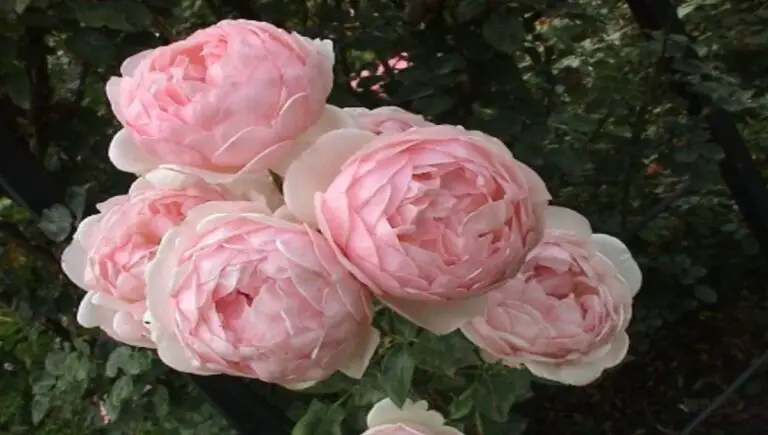


Thanks for sharing. I read many of your blog posts, cool, your blog is very good.